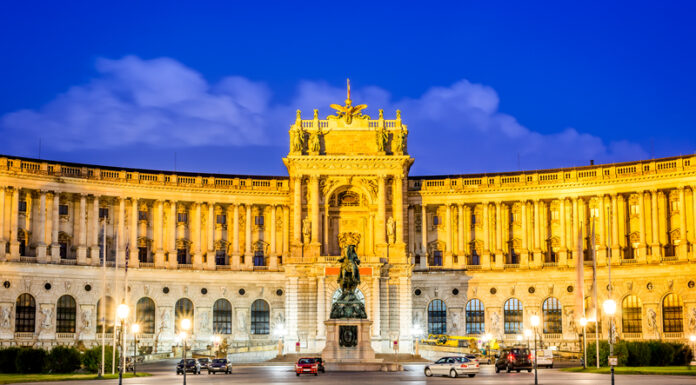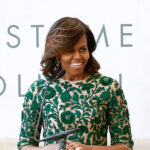The European aristocracy is mourning the unexpected death of Archduchess Estelle of Austria, who died on March 4, 2025, at the age of 46. Her family confirmed the news through an announcement in the Carnet du Figaro bulletin.
“Her husband, Archduke Carl Christian, their children, her parents, and her in-laws are deeply saddened to announce that Archduchess Estelle of Austria, née Lapra de Saint Romain, was called to God on Tuesday, March 4, 2025,” read the announcement. Details of the cause of death have not been revealed. No details regarding the cause of her untimely death have been disclosed.
Estelle Lapra de Saint-Romain was born in Orsay, France, on January 19, 1979. She was the daughter of Pierre Lapra de Saint Romain and Nora Boucharlat de Chazotte. Estelle leaves behind her husband, Archduke Carl Christian of Austria, and their five children: Archduchess Zita, 15; Archduchess Anezka, 14; Archduchess Anna, 12; Archduchess Paola, 10; and four-year-old Archduke Pier-Giorgio.
The archduchess’s final farewell was held on Tuesday, March 11, 2025, during a requiem Mass at the Franciscan Monastery of Cimiez in Nice, France, where the family resided.
Estelle joined the Habsburg-Lorraine dynasty in 2007. The couple first exchanged vows in a civil ceremony on April 18 in Montgirod, a small commune in Savoy, France, followed by a Roman Catholic wedding on June 2 at the Saint Bruno Church in Voiron, near Estelle’s hometown.
The ceremony included 300 guests and featured prominent royals like Princess Astrid of Belgium, Prince Gundakar of Liechtenstein, Princess Marie of Orléans, and Prince Jean Napoleon. The celebration concluded with a reception in Saint Romain and a honeymoon in Mexico, marking the beginning of their life together.
Archduke Carl Christian is the eldest son of Archduke Rudolf and Archduchess Marie-Hélène and a cousin of the current head of the Austrian Imperial House, Archduke Karl von Habsburg. Although the monarchy was abolished in 1918, the Habsburg family has maintained its prominence within European nobility.
Estelle embraced her role within the Habsburg family with grace and discretion. While maintaining a low public profile, she balanced her duties as a mother with active involvement in charitable causes and cultural activities. According to Spanish publication Todo Alicante, “She participated in numerous charitable initiatives, particularly in the fields of education and the preservation of historical heritage.”
The couple was last seen at the Debutante Ball in Paris in 2019, as reported by E-Noticies: “The couple enjoyed a discreet life but had a presence at significant social events.”
The news of her passing has sent shockwaves through royal circles, with tributes pouring in from royalty, aristocracy, and those who knew her through her philanthropic work. The sudden nature of her death has heightened the sense of loss, leaving many to speculate while respectfully honoring the family’s privacy.
The Habsburg monarchy was abolished in 1918 following Austria-Hungary’s defeat in World War I. Emperor Charles I, the last Habsburg ruler, renounced participation in government but did not formally abdicate.
The Republic of Austria was declared on November 12, 1918, ending over six centuries of Habsburg rule. In 1919, the Habsburg Law was enacted, stripping the imperial family of their titles and confiscating their property.
Since then, Austria has been a parliamentary democracy. The country became the First Austrian Republic (1919–1934), followed by an Austrofascist dictatorship (1934–1938), then annexation by Nazi Germany (1938–1945). After World War II, Austria regained independence and, in 1955, declared permanent neutrality, a key condition of the State Treaty that ended Allied occupation.
Today, the Habsburg family holds no political power, but it retains cultural and historical significance. Public opinion is mixed—many Austrians see them as part of the nation’s heritage, while others view them as outdated aristocrats. Although there is no strong movement for monarchy restoration, members of the Habsburg family remain active in European affairs and charitable causes.








